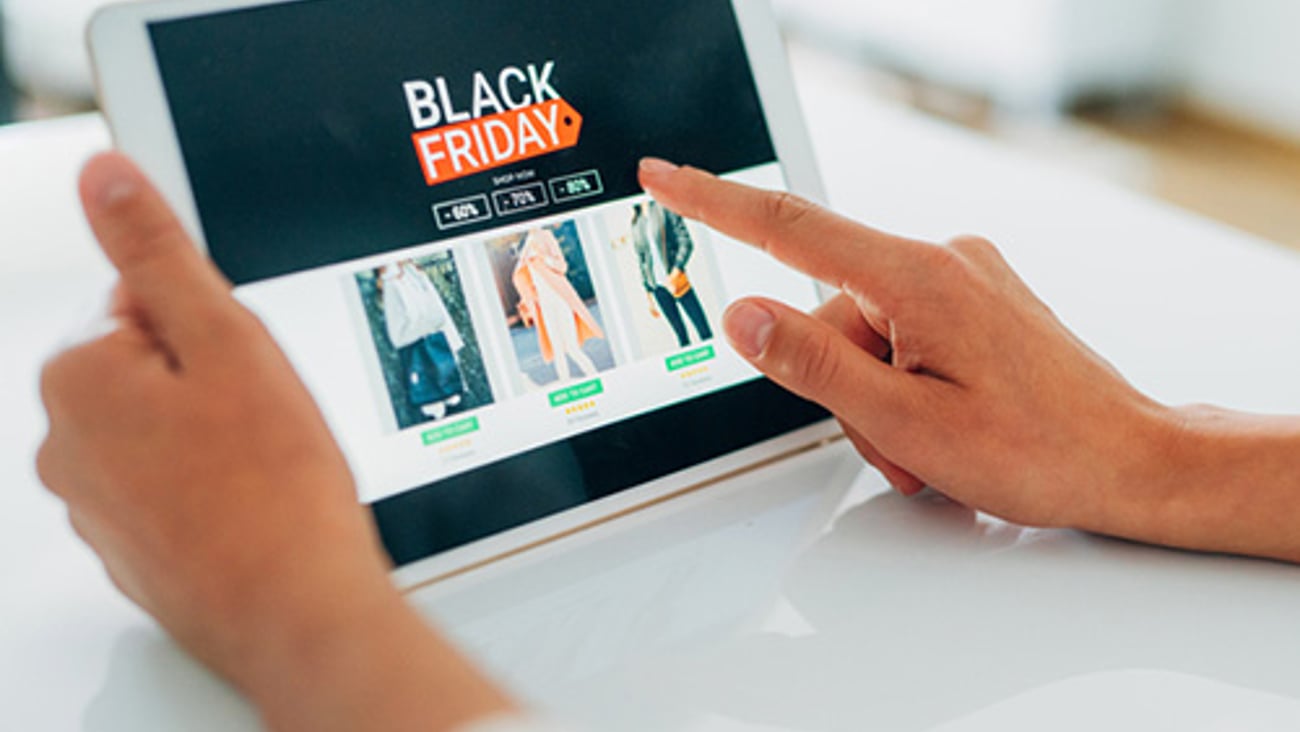Don’t be haunted by security threats this Halloween
Retailers must overcome enterprise security risks online, in-store, and in the supply chain.
At Halloween time, I like to write seasonally-themed columns about how retailers can effectively rid themselves of bogeymen threatening to wreak havoc in different parts of their enterprise. This year, I’m turning my attention to looming security threats that haunt retailers all year long, not just during the spooky season.
Fortunately, there are specific solutions retailers can utilize to exorcise any malignant spirits threatening their security on the web, in the store, or across the supply chain.
Online
Retailers and their customers face more online security threats than ever before. Magecart attacks use malicious JavaScript to illegally harvest credit card data from e-commerce purchases. Sophisticated phishing emails dupe customers and employees into revealing sensitive personal and financial information. Hackers who cannot directly penetrate a retailer’s security system exploit vulnerabilities in third-party access.
The days of simply relying on a secure firewall are long over. Retailers need to carefully monitor all incoming network traffic and automatically flag anything suspicious (such as an IP address associated with a high-risk area) for further investigation. This includes tracking any first- and third-party code being added to their website in real time.
Retailers must also consult with any and all third parties, such as online marketplaces, payment processors, or even maintenance service providers, that may provide entry points to their network. Make sure any entity that has any legitimate reason to have access to any part of your enterprise is aware of hacking threats and actively taking preventative steps.
In addition, two-factor authentication can help mitigate the damage caused by stolen and misused passwords. In addition to investing in technologies that prevent and block threat actors, retailers need to deploy solutions that can detect hackers once they are inside the network, as well as analyze the dark web for any signs of their customers’ information being illegally distributed.
Store-level crime
Shoplifting no longer means bored teens grabbing a couple of impulse items near the register and running out the door. Organized crime groups have turned shoplifting into a major illegal enterprise, to the point that retailers are even reducing store hours or entirely closing stores in high-theft cities such as San Francisco.
One tool retailers have at their disposal to combat store-level crime is advanced network camera technology. For example, Salt Lake City-based regional home furnishings chain RC Willey uses Axis surveillance cameras, thermal cameras and security radars to provide surveillance coverage 24/7. The retailer has also integrated Axis Perimeter Defender analytic and network horn speakers to detect trespassers and broadcast messages.
In addition, RC Willey uses the Axis 3D People Counter and Store Reporter solutions to track the flow of customers and report other business intelligence. The company also leverages the Axis Camera Station for monitoring video, and uses the Axis Device Manager dashboard to remotely manage and monitor all networked security devices.
Supply chain
Retail inventory in transit is a prime target for criminals, who are often aided by accomplices working for a retailer. Products can be stolen from trucks, warehouses and distribution centers, or storerooms. However, retailers have a range of track and trace technologies available that can quickly alert them of missing inventory, as well as notify them of its location.
“You don’t hear about trucks being hijacked anymore like you did in the 1970s and 1980s,” John Pennisi, a former member of the New York-based Lucchese Mafia family, told Chain Store Age in an exclusive interview. “Now you have technologies like GPS.”
In addition, virtually every item in the retail supply chain comes equipped with its own trackable identifier – a UPC barcode. Capturing barcode data enables retailers to accurately locate and authenticate individual items at any point in the supply chain, in real time. And barcode data can be easily read with affordable software loaded onto virtually any mobile device.
And retailers in certain verticals (such as apparel) may find that 50% or more of their inventory comes equipped with RFID tags. This greatly increases the potential ROI of implementing RFID readers to assist with real-time product tracking and tracing.







